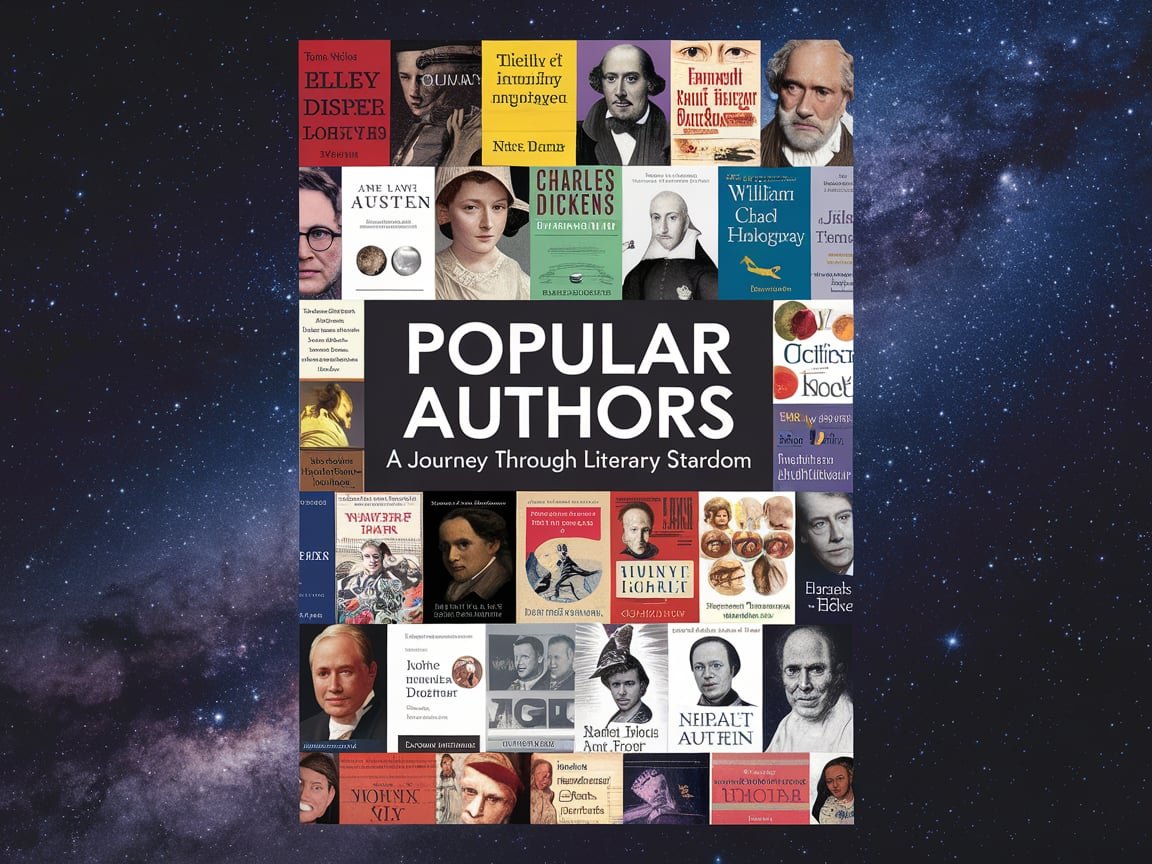
In the vibrant landscape of young adult literature, few authors have left as indelible a mark as John Green. His 2017 novel, “Turtles All the Way Down,” stands as a testament to his ability to weave complex themes into compelling narratives that resonate with readers across generations. This article delves deep into the intricacies of Green’s novel, examining its themes, characters, literary techniques, and the profound impact it has had on readers and the broader conversation surrounding mental health in literature.
The Story at a Glance
“Turtles All the Way Down” introduces us to Aza Holmes, a 16-year-old high school student in Indianapolis who grapples with obsessive-compulsive disorder (OCD) and anxiety. The plot revolves around Aza and her best friend Daisy Ramirez as they investigate the mysterious disappearance of billionaire Russell Pickett, motivated by the tantalizing $100,000 reward. As Aza reconnects with Pickett’s son, Davis, a childhood friend, she navigates the complexities of friendship, love, and her own mental health struggles.
The novel’s narrative is not just about solving a mystery; it’s an introspective journey into Aza’s mind, her relationships, and the challenges of living with a mental illness that constantly threatens to overwhelm her.

You can get it on AMAZON!
Unpacking the Title: Turtles All the Way Down
The phrase “Turtles All the Way Down” is more than just an attention-grabbing title; it’s a metaphor that runs deep throughout the novel, serving multiple purposes:
- Infinite Regression: The title references an old philosophical anecdote about the nature of the universe. In this story, a scientist giving a lecture on astronomy is interrupted by an elderly lady who claims that the Earth is flat and rests on the back of a giant turtle. When the scientist asks what the turtle stands on, she triumphantly replies, “It’s turtles all the way down!” This concept of infinite regression mirrors Aza’s thought spirals, where one worry leads to another in a seemingly endless chain.
- Mental Health Metaphor: For Aza, her intrusive thoughts and compulsions feel like an endless stack of turtles. Each worry spawns another, creating a towering, unstable structure of anxiety that threatens to topple at any moment. This metaphor provides readers with a visceral understanding of how overwhelming and inescapable OCD can feel.
- The Search for Meaning: The phrase also represents the characters’ quest to find meaning and stability in a world that often feels chaotic and unpredictable. Just as the turtles in the anecdote are an attempt to explain the inexplicable, Aza and her friends are trying to make sense of their lives and the challenges they face.
- Interconnectedness: The image of turtles stacked upon turtles can also be seen as a metaphor for the interconnectedness of all things. This theme is explored throughout the novel as Aza grapples with questions of selfhood and her place in the wider world.
Themes Explored in Turtles All the Way Down
Green’s novel delves into several profound themes, each explored with nuance and depth:
1. Mental Health and Identity
At its core, “Turtles All the Way Down” is an intimate exploration of mental illness. Aza’s struggle with OCD is portrayed with raw honesty, offering readers insight into the daily challenges faced by those with anxiety disorders. Green doesn’t shy away from the difficult aspects of living with OCD, including the impact on Aza’s relationships, her academic life, and her sense of self.
The novel raises important questions about the relationship between our thoughts and our identity. Aza often feels at the mercy of her “thought spirals,” leading her to question whether her thoughts are truly her own. This exploration of the nature of thought and its role in shaping our identities is one of the novel’s most philosophically rich aspects.
2. The Nature of Self
Aza frequently grapples with the question of selfhood. She wonders if she’s real if her thoughts are truly her own, and where the boundary between self and other lies. This philosophical inquiry is deeply intertwined with her mental health journey.
Green uses Aza’s introspection to explore complex questions about consciousness, free will, and the nature of identity. Through Aza’s experiences, readers are invited to consider their own sense of self and the factors that shape it.
3. Friendship and Connection
The relationship between Aza and Daisy is a central focus of the novel. Green explores the complexities of friendship, including the challenges of supporting someone with mental illness and the strain it can put on relationships.
Daisy and Aza’s friendship is tested throughout the novel, highlighting the difficulties of maintaining close relationships while dealing with mental health issues. Their struggles and eventual reconciliation offer a nuanced portrayal of the resilience of true friendship.
4. Love and Vulnerability
Aza’s relationship with Davis adds another layer to the story. Their connection is tender and genuine, but also complicated by Aza’s OCD and the unique circumstances of their reunion. The novel explores how mental illness can impact romantic relationships and the courage it takes to be vulnerable.
Green portrays young love with sensitivity and realism, acknowledging both its beauty and its challenges. Through Aza and Davis’s relationship, the novel examines themes of trust, intimacy, and the difficulty of truly knowing another person.
5. Privilege and Perspective
Through the contrast between Aza’s middle-class life and Davis’s immense wealth, Green examines issues of economic disparity and the different types of struggles people face. This exploration of privilege adds depth to the characters and their interactions, highlighting how circumstances shape our perspectives and experiences.
The novel doesn’t present wealth as inherently good or bad but rather explores how it impacts the characters’ lives in complex ways. This nuanced treatment of socioeconomic issues adds another layer of realism to the story.
6. The Power of Language and Storytelling
Throughout the novel, Green emphasizes the importance of language and storytelling in shaping our understanding of the world and ourselves. Aza’s struggle to articulate her experiences, Daisy’s fan fiction writing, and Davis’s poetic musings all highlight different aspects of how we use language to make sense of our lives.
The novel itself, with its metafictional elements and rich intertextuality, becomes a testament to the power of stories to help us understand and cope with the complexities of existence.

Character Analysis
Aza Holmes
Aza is a complex and relatable protagonist. Her internal monologue gives readers an intimate look at the experience of living with OCD and anxiety. Despite her struggles, Aza is intelligent, caring, and constantly striving to understand herself and the world around her.
Green’s portrayal of Aza is notable for its authenticity and depth. Her character development throughout the novel is subtle but significant, as she learns to navigate her relationships and her mind with increasing self-awareness and resilience.
Daisy Ramirez
Daisy, Aza’s best friend, is vibrant and outgoing, providing a counterpoint to Aza’s more introspective nature. Their friendship is tested throughout the novel, highlighting the challenges of supporting someone with mental illness.
Daisy’s character also serves to explore themes of creativity and escapism through her Star Wars fan fiction. Her writing becomes a way for her to process her experiences and emotions, paralleling Aza’s own journey of self-expression.
Davis Pickett
Davis, dealing with his own family trauma, forms a connection with Aza that is both sweet and fragile. His character allows Green to explore themes of wealth, loss, and the search for genuine connection.
Davis’s poetic nature and his struggle to find his place in the world add depth to the novel’s exploration of identity and self-expression. His relationship with Aza highlights the universal human need for understanding and acceptance.
Writing Style and Narrative Techniques
Green’s writing in “Turtles All the Way Down” is characterized by several distinctive features:
- First-Person Narration: Aza’s perspective allows readers to experience her thought spirals firsthand. This intimate narrative style creates a powerful sense of empathy and understanding.
- Metaphorical Language: Green uses rich metaphors to describe abstract concepts, particularly relating to Aza’s mental state. These metaphors, including the titular “turtles all the way down,” help to concretize complex emotional and psychological experiences.
- Intertextuality: References to literature, science, and philosophy are woven throughout the novel, adding depth to the narrative and reflecting the characters’ intellectual curiosity.
- Realistic Dialogue: The conversations between characters feel authentic, capturing the way teenagers speak while also conveying depth and insight.
- Stream of Consciousness: Green employs stream of consciousness techniques to portray Aza’s thought spirals, immersing readers in her mental processes.
- Humor: Despite the heavy themes, Green incorporates moments of humor that provide relief and highlight the characters’ wit and resilience.
The Role of Technology and Social Media
“Turtles All the Way Down” also explores the role of technology and social media in the lives of its teenage characters. Green portrays both the connecting and isolating aspects of digital communication, showing how it can both alleviate and exacerbate Aza’s anxiety.
The novel’s treatment of technology feels authentic to the teenage experience while also raising questions about how digital interactions shape our sense of self and our relationships with others.
Impact and Reception
“Turtles All the Way Down” was met with critical acclaim upon its release. Many praised Green’s sensitive and accurate portrayal of OCD, with some mental health professionals even recommending the book to patients and their families.
The novel debuted at number one on The New York Times Best Seller list and remained there for weeks. It has been translated into numerous languages and has sparked important conversations about mental health representation in young adult literature.
Readers have particularly responded to the book’s honest portrayal of mental illness, with many finding solace and understanding in Aza’s experiences. The novel has been credited with helping to destigmatize OCD and anxiety, providing a relatable portrayal that has resonated with many who struggle with these conditions.
Educational Value
“Turtles All the Way Down” has found its way into many classrooms and reading lists, valued for its literary merit and its potential to spark important discussions about mental health, identity, and relationships.
The novel’s rich themes and complex characters make it an excellent choice for literary analysis, while its portrayal of mental health issues provides opportunities for interdisciplinary discussions incorporating psychology and social studies.
Adapting Turtles All the Way Down
In 2019, it was announced that the novel would be adapted into a film, with Hannah Marks set to direct. As of 2024, fans are eagerly anticipating this adaptation, curious to see how the internal struggles of Aza will be translated to the screen.
The challenge of adapting such an introspective novel to a visual medium has generated much discussion among fans and critics alike. Many are interested to see how the film will portray Aza’s thought spirals and internal dialogue while maintaining the emotional impact of the source material.
Conclusion: The Infinite Spiral of Human Experience
“Turtles All the Way Down” is more than just a young adult novel; it’s a profound exploration of what it means to be human in a world that often feels overwhelming. Through Aza’s journey, readers are invited to contemplate their own experiences with anxiety, love, friendship, and the search for meaning.
The title, “Turtles All the Way Down,” serves as a powerful metaphor for the human condition. Just as the mythical stack of turtles supports the world, we are all supported by an infinite regression of experiences, thoughts, and connections. Green’s novel reminds us that while this can sometimes feel overwhelming, it’s also what makes life rich and meaningful.
In the end, “Turtles All the Way Down” is a testament to the power of storytelling to foster empathy, understanding, and connection. It challenges readers to look beyond the surface, to embrace the complexity of human experience, and to find beauty and meaning in the infinite spiral of existence.
By tackling difficult subjects with honesty, humor, and heart, John Green has created a work that resonates deeply with readers of all ages. “Turtles All the Way Down” stands as a landmark in young adult literature, pushing the boundaries of what the genre can achieve and contributing to important conversations about mental health, identity, and the nature of human consciousness.
As we navigate our own spirals of thought and experience, Aza’s story reminds us that we are not alone in our struggles and that there is hope and beauty to be found even in our most challenging moments. In the end, it’s the connections we forge, the understanding we cultivate, and the stories we share that help us make sense of the infinite turtles that support our world.





